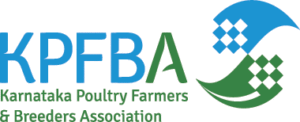
Karnataka Poultry Farmers & Breeders Association (KPFBA) felicitated nine distinguished personalities of the poultry sector in a programme called ‘Abhivandanam’, organised at Hotel Shangri-La, Bengaluru on March 19, 2021.
Announcing at the felicitation programme, Dr. Sushanth Rai said that a State-of-the-art poultry disease diagnostic lab soon in Bengaluru.
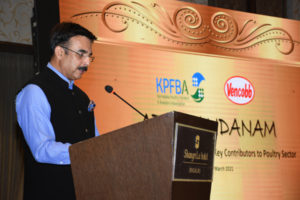 The state-of-the-art Poultry Disease Diagnostic Laboratory and R&D Centre is coming up on the campus of the Karnataka Veterinary, Animal and Fisheries Sciences University (KVAFSU) here in Bengaluru. The Centre will be a boon to Karnataka and also the country as it will be involved in pioneering research in the field of poultry sciences, according to Dr. B.Sushanth Rai, President, KPFBA.
The state-of-the-art Poultry Disease Diagnostic Laboratory and R&D Centre is coming up on the campus of the Karnataka Veterinary, Animal and Fisheries Sciences University (KVAFSU) here in Bengaluru. The Centre will be a boon to Karnataka and also the country as it will be involved in pioneering research in the field of poultry sciences, according to Dr. B.Sushanth Rai, President, KPFBA.
KVAFSU had allotted a building on the campus and extended all support to set up the Centre which is going to be a historic milestone in the journey of KPFBA. The Vice Chancellor of KVAFSU, Dr. H.D.Narayanaswamy said that the R&D Centre will enormously help the poultry sector in understanding and dealing with various disease outbreaks.
The President acknowledged the efforts of Dr. G.B.Puttanaiah; Dr. Narayanswamy,Vice Chancellor, KVAFSU; Dr.Yathiraj, Member of Board, KVAFSU and Dr. K.C Veeranna, Registrar, KVAFSU in getting the Centre.
‘Unfounded rumours’
Dr. Sushanth Rai recalled how rumours regarding chicken being disease carriers spread faster than the Corona virus, resulting in the collapse of the broiler market like never before. The KPFBA and other associations in the country had to run from pillar to post not only to quell the ‘unfounded rumours’ but also restore confidence in the market and this was possible in Karnataka as several government officials supported the sector.
Dr.Sushanth Rai thanked the timely cooperation and coordination of many officials such as, Dr.Shivarudrappa; Dr. M.T Manjunath, the then Director, Dept of Animal Husbandry & Veterinary Services; Mr. Ibrahim, IAS, Principal Secretary; Dr. O.P Chowdry, IAS, Joint Secretary, Govt of India; Pawan Kumar Agarwal, IAS, Secretary, Govt of India; and Smt. Vandita Sharma IAS – Development Commissioner. He also acknowledged the Government of Karnataka’s initiative for releasing a pro-poultry advertisement in all the major dailies to remove misconceptions about chicken. He also appreciated Mr. Inayath Ulla Khan, Executive Secretary for playing active rule in delivering his duties specially during and post lockdown.
The poultry sector, he said, was fortunate to have representation in the Karnataka Legislature as well as in the Parliament. The KPFBA congratulated Mr. Ranjit Reddy and Mr. Chinnaraju, both MPs and Mr. Govindaraju, MLC.
Poultry is farming activity
Mr. Govindaraju said poultry should be treated as a farming activity and not industry. He said in Karnataka there may be nearly 30,000 poultry farmers and a couple could raise 10,000 birds earning Rs. 60,000 per month.
India has 25 veterinary colleges, but lags behind
Prof.Dr. S. Yathiraj, Member of Board, KVAFSU, and former dean of KVAFSU said there was need for introspection within the sector as India is far behind many countries in the world in terms of poultry growth. The US has about 25,000 poultry farmers and only 25 veterinary colleges but was in the second position, while India with 55 veterinary colleges and 12 veterinary universities and about 30,000 farmers in Karnataka alone was ranked way behind countries such as Argentina, Thailand etc. Poultry is the best source of protein and there is need to popularise it more and more.
Shortage of trained manpower
Dr.K.C Veerannaa, Registrar, KVAFSU said as there was shortage of trained manpower in the poultry sector there was need to expand diploma and certificate courses. Congratulating the KPFBA for mooting the lab, he hoped that it would help the small farmers.
Need to focus on marketing
Mr. M.R.I Magdum, General Manager, VHPL, who is known as ‘management guru’ in the poultry sector recalled how the late B.V.Rao took risks and introduced many new methods of poultry management. He remembered ‘how Rao sahib asked the VHPL team to experiment, innovate. Till 1982, there were no poultry birds in the cages. We introduced it and there were positive results as the quality of chicks was good. In 1986 for the first time we introduced broiler parents in to the cages. The production reached a phenomenal 87 % and in the slats system it was around 78 per cent. The credit goes to Rao sahib who said unless we take risks, there is no growth. If we have to grow, we have to focus on marketing.”
Dr. G.B Puttannaiah, Chairman of the Technical Committee of KPFBA for many years gave the background to how a decision was taken in just four meetings to set up a state-of-the-art poultry diagnostics laboratory in KVAFSU. He acknowledged the efforts of the Vice Chancellor, Dr. Narayanaswamy and Dr. Yathiraj and other other KVAFSU officials for understanding the needs of the sector and acting quickly upon it.
National Poultry Register soon
The Government of India is soon coming out with a National Poultry Register which will ensure authentic national 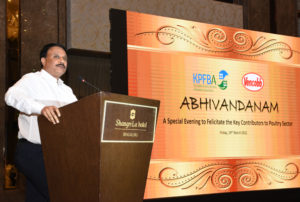 documentation of valuable sovereign genetic resources. Documentation of indigenous breeds is expected to help in their sustainable use, improvement and preservation, according to Dr. P.S.Mahesh, Joint Commissioner, Government of India and Director of Central Poultry Development Organization and Training Institute.
documentation of valuable sovereign genetic resources. Documentation of indigenous breeds is expected to help in their sustainable use, improvement and preservation, according to Dr. P.S.Mahesh, Joint Commissioner, Government of India and Director of Central Poultry Development Organization and Training Institute.
He was addressing the members of KPFBA as part of the ‘Abhivandanam’ (felicitation) programme for key contributors to the poultry sector, here recently. Dr. Mahesh exhorted the members to help in the enumeration of the poultry which would commence soon. It will be designed similar to Arogya Setu app as to help in easy digital registration of poultry resources. The NPR is essential to have proper records of farmers and other players and poultry and provide necessary inputs for the organized growth of the sector, he said.
National Poultry Board on the anvil
Dr. Mahesh also mentioned that also on the anvil is setting up a National Board for Poultry similar to the Coffee Board or Tobacco Board to come up with strategies for the growth of the poultry sector. Presently, the focus is on supply management than on ‘demand development’ and cited the example of a poultry company which had used celebrity endorsements and it was making huge business post that. Poultry has the best nutrition and it was imperative to run campaigns such as ‘Dawa math khao, anda khao’ (don’t eat medicine, eat eggs).
Many eminent poultry personalities, business leaders, scientific communities, government officials, academicians and other stake holders such as Dr. Devegowda, President, IVPI; Dr.Muniyellappa, Scientist, IAH &VB , Dr. Byre Gowda, Director, IAH &VBl Dr.Raghavendra Bhat, Director, NIANP and many others graced the occasion.
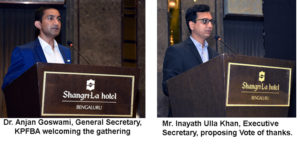
Dr. Anjan Goswami, General Secretary, KPFBA welcomed the gathering while Mr. Inayath Ulla Khan, Executive Secretary, proposed a vote of thanks.
The dignitaries honoured included: Sri. Govindaraju, MLC, Karnataka Legislative Council; Dr.Narayanaswamy, Vice Chancellor, KVAFSU; Prof.Dr. Yathiraj, Member of Board, KVAFSU; Dr.Veerannaa, Registrar, KVAFSU; Dr. B.N Shivaram, Director, Dept. of AH & VS; Sri. D.K Kantaraju, Chairman, Karnataka Cooperative Poultry Federation (KCPF); Dr.Shivarudhrappa, K.H. Managing Director, KCPF; Mr. M.R.I Magdum, General Manager, Venkateswara Hatcheries Pvt Ltd. and Dr. G.B Puttannaiah, Chairman, Tech Committee, KPFBA.
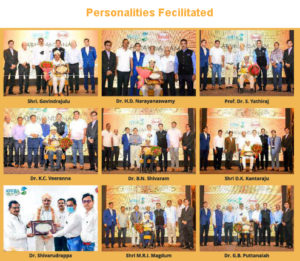
Source: KPFBA



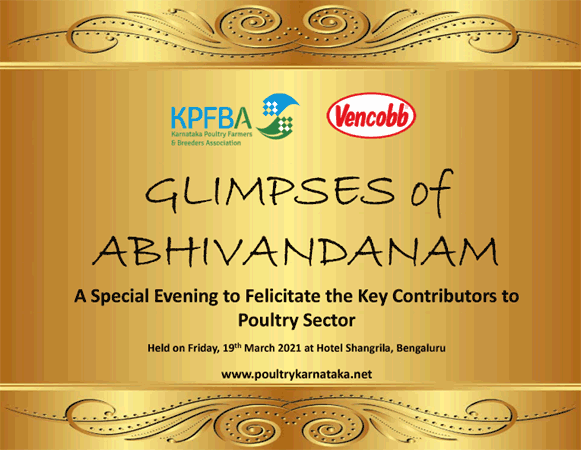

 The state-of-the-art Poultry Disease Diagnostic Laboratory and R&D Centre is coming up on the campus of the Karnataka Veterinary, Animal and Fisheries Sciences University (KVAFSU) here in Bengaluru. The Centre will be a boon to Karnataka and also the country as it will be involved in pioneering research in the field of poultry sciences, according to Dr. B.Sushanth Rai, President, KPFBA.
The state-of-the-art Poultry Disease Diagnostic Laboratory and R&D Centre is coming up on the campus of the Karnataka Veterinary, Animal and Fisheries Sciences University (KVAFSU) here in Bengaluru. The Centre will be a boon to Karnataka and also the country as it will be involved in pioneering research in the field of poultry sciences, according to Dr. B.Sushanth Rai, President, KPFBA. documentation of valuable sovereign genetic resources. Documentation of indigenous breeds is expected to help in their sustainable use, improvement and preservation, according to Dr. P.S.Mahesh, Joint Commissioner, Government of India and Director of Central Poultry Development Organization and Training Institute.
documentation of valuable sovereign genetic resources. Documentation of indigenous breeds is expected to help in their sustainable use, improvement and preservation, according to Dr. P.S.Mahesh, Joint Commissioner, Government of India and Director of Central Poultry Development Organization and Training Institute.

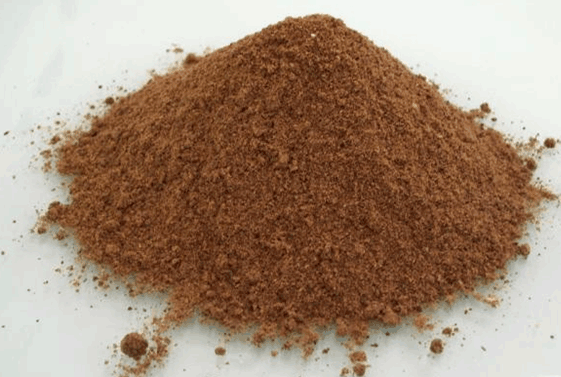
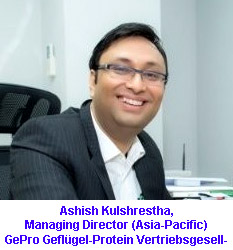

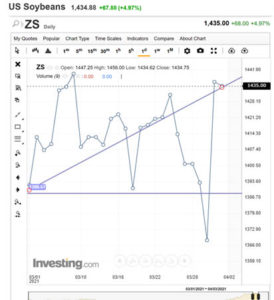
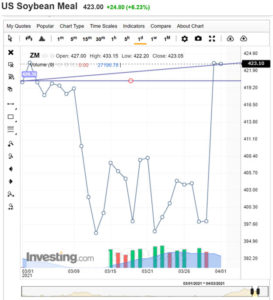
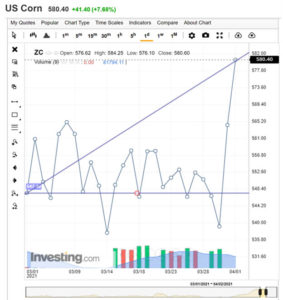
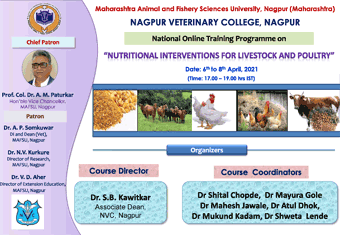
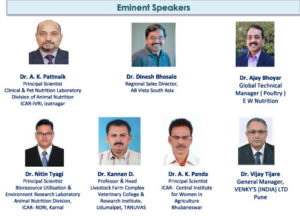
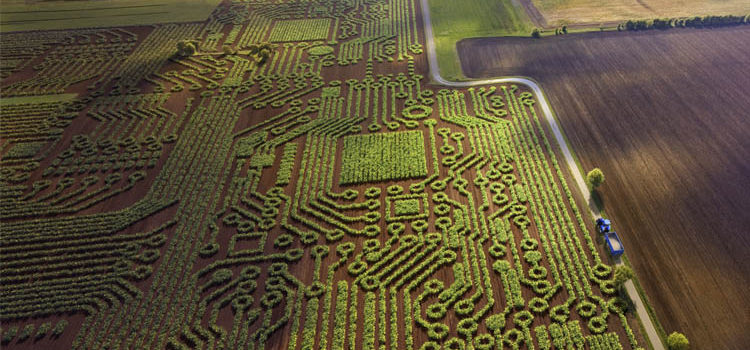



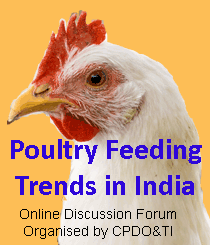
 current shocking prices of Soya crossing Rs. 50/- per kg due to various global and national factors. He said that poultry sector cannot be in isolation in the present context because corn and soya availability and price is influenced by weather conditions in Brazil, Argentina, USA and India on an annual basis. The present observations are severe wet conditions in Brazil preventing the harvest, high dry weather in Argentina reducing the crop, extended lean season in US with stocks completely exhausted. Local issues like unforeseen rains in MP and Maharashtra during Nov., 2020 made Soya to suffer fungal infection forcing millers to crush the grain to create soya meal which was exported due to global lucrative demand. This observation set the note for further discussions. The present global crisis of grounding of ship “Ever Green” in Suez Canal impacting global movement of goods across Asia and Europe was also brought out.
current shocking prices of Soya crossing Rs. 50/- per kg due to various global and national factors. He said that poultry sector cannot be in isolation in the present context because corn and soya availability and price is influenced by weather conditions in Brazil, Argentina, USA and India on an annual basis. The present observations are severe wet conditions in Brazil preventing the harvest, high dry weather in Argentina reducing the crop, extended lean season in US with stocks completely exhausted. Local issues like unforeseen rains in MP and Maharashtra during Nov., 2020 made Soya to suffer fungal infection forcing millers to crush the grain to create soya meal which was exported due to global lucrative demand. This observation set the note for further discussions. The present global crisis of grounding of ship “Ever Green” in Suez Canal impacting global movement of goods across Asia and Europe was also brought out.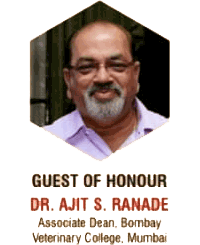 Prof. Ajit S. Ranade, Associate Dean, Mumbai Veterinary College and subject matter expert on Nutrition was the Guest of Honour. In his address he appreciated the efforts of CPDO&TI in designing innovative programmes especially the release of CPDO&TI app to keep abreast with the technology. He emphasized importance of nutrition and research to exploit fullest genetic potential of the bird for the specific purpose of meat output, egg production or hatching eggs production in India matching international standards.
Prof. Ajit S. Ranade, Associate Dean, Mumbai Veterinary College and subject matter expert on Nutrition was the Guest of Honour. In his address he appreciated the efforts of CPDO&TI in designing innovative programmes especially the release of CPDO&TI app to keep abreast with the technology. He emphasized importance of nutrition and research to exploit fullest genetic potential of the bird for the specific purpose of meat output, egg production or hatching eggs production in India matching international standards.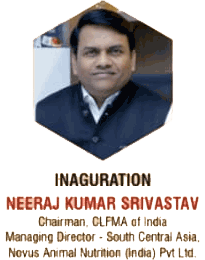
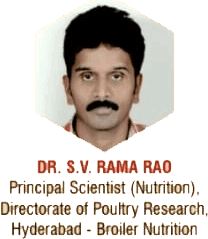 Green Revolution and White Revolution putting the facts of achievement in broiler sector which has grown 1825 times and layer sector 55 times since independence. He illustrated phenomenal achievement of development in broiler nutrition attaining 2 kg body wt. with efficient FCRs of 1.4 to 1.5 in 32 days.
Green Revolution and White Revolution putting the facts of achievement in broiler sector which has grown 1825 times and layer sector 55 times since independence. He illustrated phenomenal achievement of development in broiler nutrition attaining 2 kg body wt. with efficient FCRs of 1.4 to 1.5 in 32 days.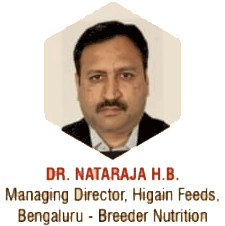 number output, least cost formulations, altering feed formulations according to the market. These are some of the errors committed by breeders with a skewed approach. He suggested to consider breeder nutrition as an “Investment” for the future broiler chicks rather than expenditure for the present breeder farm.
number output, least cost formulations, altering feed formulations according to the market. These are some of the errors committed by breeders with a skewed approach. He suggested to consider breeder nutrition as an “Investment” for the future broiler chicks rather than expenditure for the present breeder farm.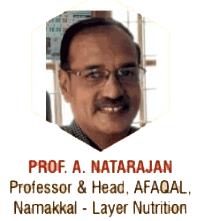 country servicing not only layer farmers of Namakkal with a capacity of 5 crore layers in the district but also extending services across the country. In his presentation he shared the impact of changes of temperature on layer egg production. He advised feed intake of more than 100gm pre summer for the growers with uniform body wt. in the flock can influence to get optimum performance with egg weights over and above 55 gm in the layers in comparison to reduction in production for the birds which are fed less than 100gm with un-uniform body weights in the flock. He also narrated the availability of maize and soya presently with 30 MMTs and 8 MMTs respectively in India. Keeping in view of the growth of broilers and layers he suggested additional 2 – 3 MMTs of maize and 1 MMTs of soya requirement for the next year which sounds alarming and scary for the poultry sector. The sector has to resolve to find alternate source of energy and protein as an essentiality in the future. The layer nutrition has to cope up with the highest potential of the bird and the performance in the field. In order to do this, the need of the layer industry is to focus on better uniformity and better body wt. before the laying period, early egg start in egg size and egg percentage, touching the peak in time and sustaining it and sustain post peak maintenance without much egg shell problems. He presented a slide on distribution of modern layers across India with 8.5 crore in Andhra and Telangana, 5 crore in Tamilnadu, 4 crores in Punjab and Haryana, 2 crores in Odisha, 1.4 crore in Karnataka followed by Maharashtra 1 crore, West Bengal 80 lakhs, totally 25.5 crore population including the rest of the States.
country servicing not only layer farmers of Namakkal with a capacity of 5 crore layers in the district but also extending services across the country. In his presentation he shared the impact of changes of temperature on layer egg production. He advised feed intake of more than 100gm pre summer for the growers with uniform body wt. in the flock can influence to get optimum performance with egg weights over and above 55 gm in the layers in comparison to reduction in production for the birds which are fed less than 100gm with un-uniform body weights in the flock. He also narrated the availability of maize and soya presently with 30 MMTs and 8 MMTs respectively in India. Keeping in view of the growth of broilers and layers he suggested additional 2 – 3 MMTs of maize and 1 MMTs of soya requirement for the next year which sounds alarming and scary for the poultry sector. The sector has to resolve to find alternate source of energy and protein as an essentiality in the future. The layer nutrition has to cope up with the highest potential of the bird and the performance in the field. In order to do this, the need of the layer industry is to focus on better uniformity and better body wt. before the laying period, early egg start in egg size and egg percentage, touching the peak in time and sustaining it and sustain post peak maintenance without much egg shell problems. He presented a slide on distribution of modern layers across India with 8.5 crore in Andhra and Telangana, 5 crore in Tamilnadu, 4 crores in Punjab and Haryana, 2 crores in Odisha, 1.4 crore in Karnataka followed by Maharashtra 1 crore, West Bengal 80 lakhs, totally 25.5 crore population including the rest of the States.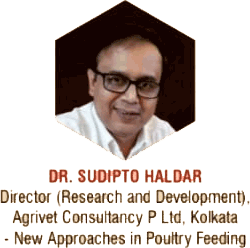 stress factors causing “oxidative stress” by release of Reactive Oxygen Species (ROS) which can impact performance, gut health, liver function and immunity of the bird. He illustrated the danger of “Feeding Excess” over “Feeding Less” by pointing out under feeding during starters and over feeding during grower and finisher stage with respect to energy. Similarly, overfeeding during starter, optimum feeding during grower stage and under feeding during finisher with respect to proteins. This he said that need to change and farmers are advised to follow precision feeding i.e., apt feeding as per the requirement. Further he said about a new truth of birds adoptability for high density rations very efficiently over the earlier belief of natural downgrading by the birds. He suggested calculation of Feed Price Ratio (FPR) (cost of 1kg feed to 1kg poultry product) as a new focus Area over mere calculation of body wt. and FCR.
stress factors causing “oxidative stress” by release of Reactive Oxygen Species (ROS) which can impact performance, gut health, liver function and immunity of the bird. He illustrated the danger of “Feeding Excess” over “Feeding Less” by pointing out under feeding during starters and over feeding during grower and finisher stage with respect to energy. Similarly, overfeeding during starter, optimum feeding during grower stage and under feeding during finisher with respect to proteins. This he said that need to change and farmers are advised to follow precision feeding i.e., apt feeding as per the requirement. Further he said about a new truth of birds adoptability for high density rations very efficiently over the earlier belief of natural downgrading by the birds. He suggested calculation of Feed Price Ratio (FPR) (cost of 1kg feed to 1kg poultry product) as a new focus Area over mere calculation of body wt. and FCR.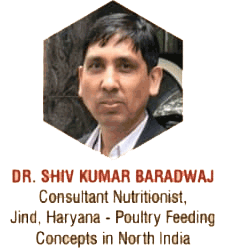 consumer choice is leaned towards animal protein and it has reduced by about 2% in the choice of protein.
consumer choice is leaned towards animal protein and it has reduced by about 2% in the choice of protein.

